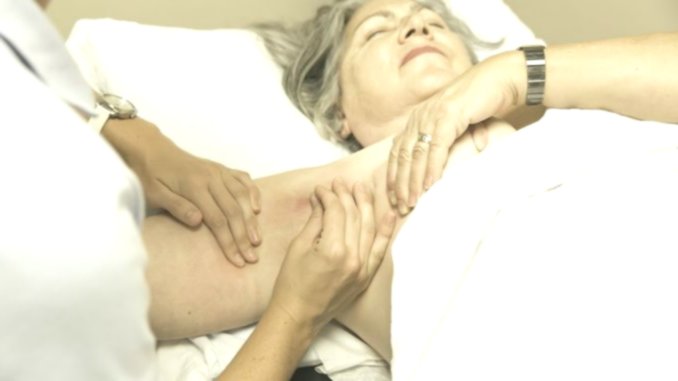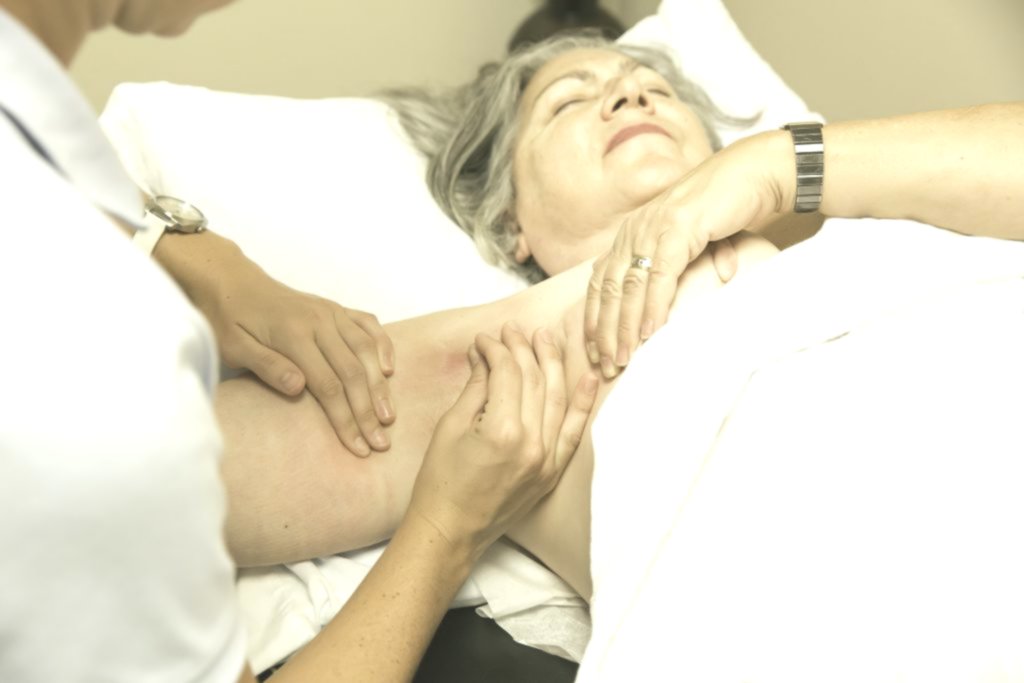
Do you know what lymphedema is? Is it possible to prevent its appearance if you have or have had breast cancer ? The Dr. Virginia Prieto, head of the Oncology Unit of Physiotherapy Active Against Cancer Space Madrid , gives us some simple and practical tips to treat one of the most frequent sequelae after breast cancer.
Lymphedema in the cancer patient
Breast cancer surgery sometimes involves removal of the lymph nodes in the armpit, causing swelling of the arm of the affected breast due to fluid buildup (lymph). It is what is known as lymphedema .

Lymphedema causes
There are other factors, such as radiation therapy, overweight and obesity , which can also help its appearance. Likewise, although it is a sequel that is usually associated with breast cancer, it is also frequent in people who have received treatment for melanoma and genitourinary cancers (cancers that affect the urinary tract, bladder, kidneys, prostate, testicles, etc.). ).
This does not mean that all patients will develop this complication. Furthermore, the time of onset of lymphedema is variable . Although it may appear immediately after surgery, it can also develop gradually after months and even years.
What can you do?
During our online workshop , what can I do to prevent and manage lymphedema ? , Dr. Virginia Prieto stressed the importance of knowing how to detect the first symptoms, as well as knowing what care is the most recommended to prevent lymphedema.
Lymphedema symptoms
People with lymphedema in an arm or leg may have the following symptoms:
- Inflammation of an area of the arm or leg.
- Feeling of “heaviness”.
- Weakness or decreased mobility.
- Rings, watches, or clothing begin to tighten more than usual.
- Discomfort or pain.
- Hardened skin.
- Appearance of orange peel (swelling with small dimples).
- Disappearance of veins and bone reliefs.
Avoid lymphedema
Lymphedema prevention should start immediately after surgery and requires very simple daily care.
These recommendations will help you delay or control the appearance of lymphedema as much as possible.
- It is recommended that you start, as soon as possible, a program of respiratory and mobility exercises , which will be carried out smoothly, slowly and without “bouncing” at the end of the movement. Consult with a physiotherapy specialist to guide you.
- Extreme hygiene of the skin of the arm: use neutral soaps, dry it thoroughly and apply moisturizer daily. Before any wound on the skin of the arm or shoulder, wash it with soap and water, and use an antiseptic.
- Avoid tight clothing on the affected arm and shoulder. It is recommended that you wear a bra with wide, padded straps to avoid compressing the shoulder area.
- In the case of lymphedema, do not wear bracelets, watches or rings on the affected arm.
- Avoid carrying weight with the affected arm. Don’t put your bag on your shoulder on that side
- Avoid drawing blood, vaccines, or administering medications to that arm.
- Don’t take stress on that limb.
- Wear gloves when using scissors, knives, or any other sharp utensil. Avoid cat and dog bites and scratches.
- If you are diabetic and need to know glucose levels, try not to prick yourself on the fingers of the affected hand.
- Depilate with an electric razor (neither hot wax nor blades).
- Avoid excessive heat on the arm (saunas, sun baths or very hot water).
- Get regular physical activity (walking, swimming, cycling).
- Eat a diet rich in fruits and vegetables , low in salt and low in fat.